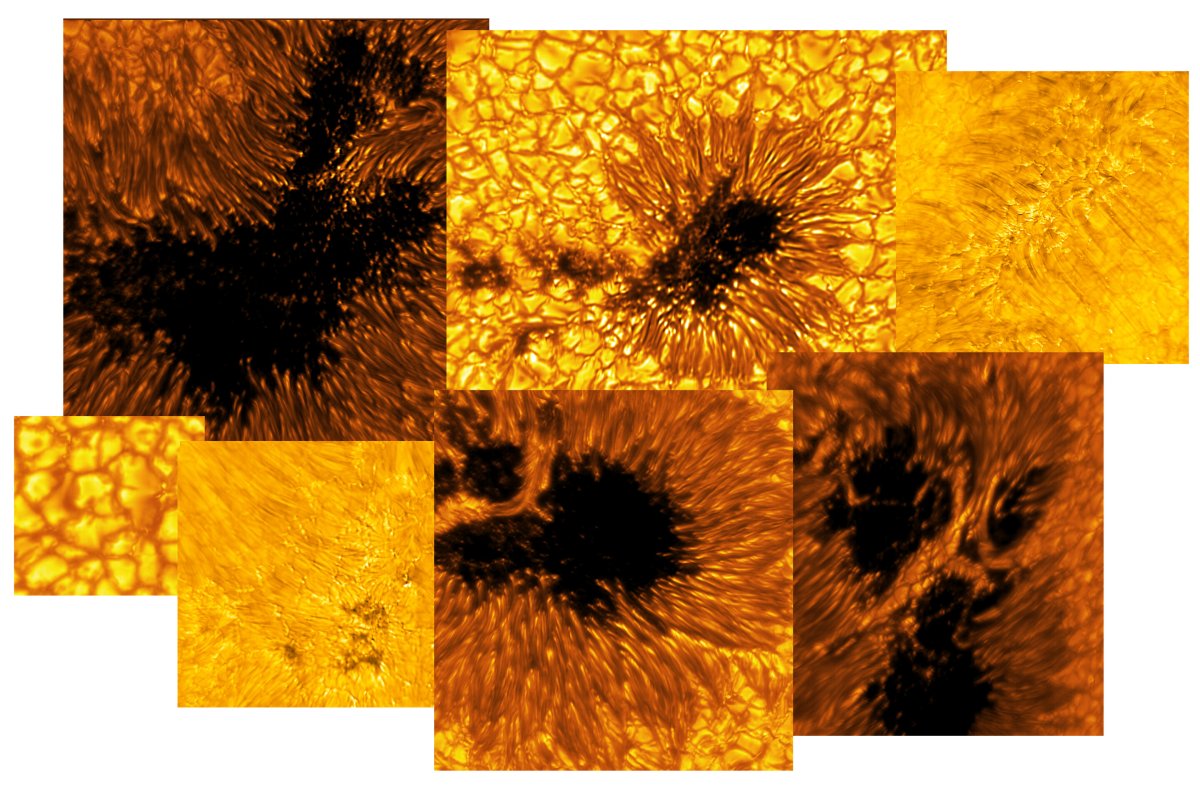
Sunspotting
Fascinating new closeup images taken by the Daniel K. Inouye Solar Telescope (DKIST) in Hawaii show incredibly vivid details of the surface of the Sun.
The images show the intricate features of a sunspot, which are isolated areas dotting the Sun’s surface where the magnetic field is staggering in strength. Thanks to these strong magnetic forces, the surrounding plasma cools and darkens, forming a dark spot, or umbra.
The newly released images show convection currents of roiling plasma at an incredible level of detail, with almost biological-looking tendrils reaching into the sunspot’s umbra.
The scale of the spots is truly mind-blowing. The individual tendrils reach across an area of tens of thousands of kilometers. Some sunspots can grow big enough in diameter to fit the entire planet Jupiter.
The images could give scientists new insights into the nature of these sunspots and how they can trigger solar storms when grouped together. These powerful events send highly energetic particles careening through the solar system and can even impact critical infrastructure back on Earth as they sizzle through our atmosphere.

Solar Maximum
Solar activity is incredibly high these days as the Sun nears the apex of its roughly 11-year cycle, a point known as the solar maximum when the Sun’s poles switch over. The next maximum is expected to occur in 2025, after which solar activity will begin subsiding again.
Despite our best efforts, there’s still much we don’t know about what causes these sunspots to form. But the Inouye Telescope’s incredible images could shed new light on these mysterious patterns.
The DKIST, the world’s largest solar telescope, officially kicked off its science observations in February 2022. It’s still in its inaugural Operations Commissioning Phase, as scientists continue calibrating its scientific instruments.
And that means we should prepare ourselves for even stranger snapshots of the Sun’s alien surface in the near future. We can’t wait.
More on the telescope: The Sharpest-Ever Image of a Sunspot Looks Like a Portal to Hell